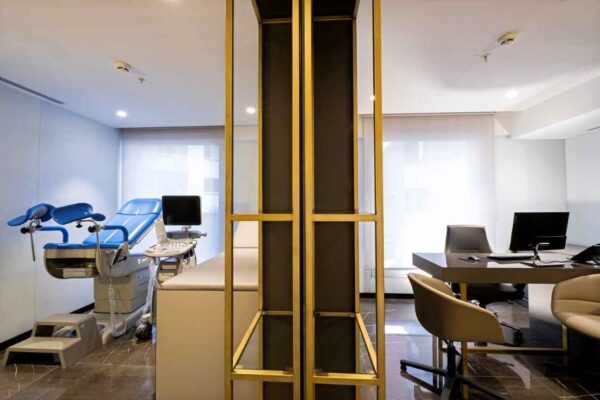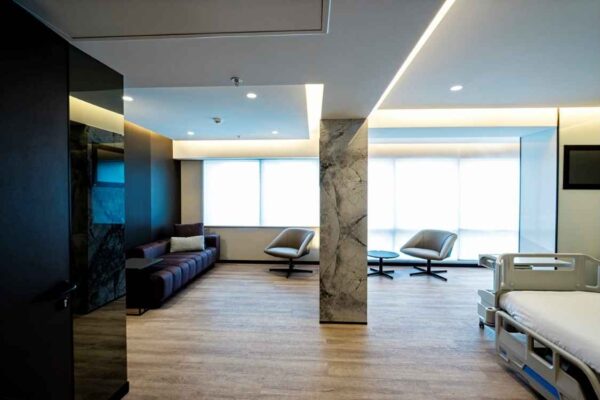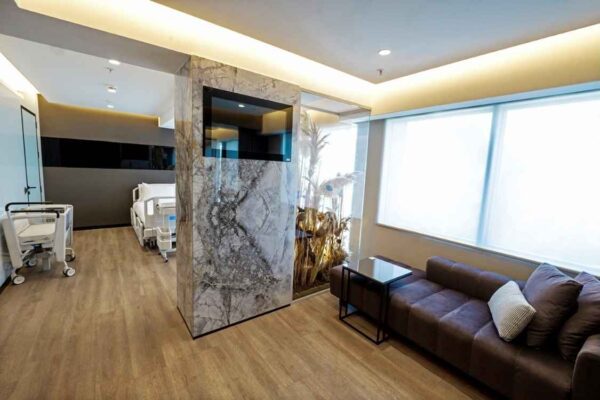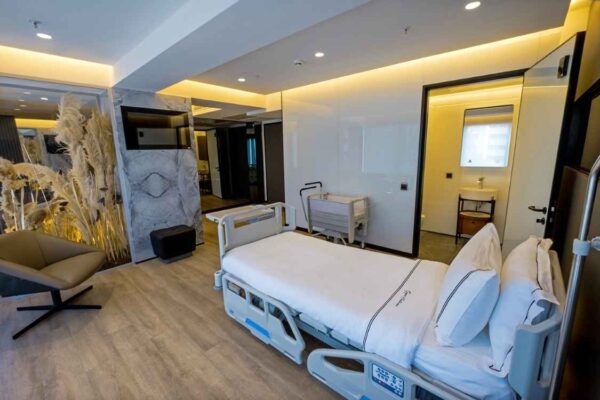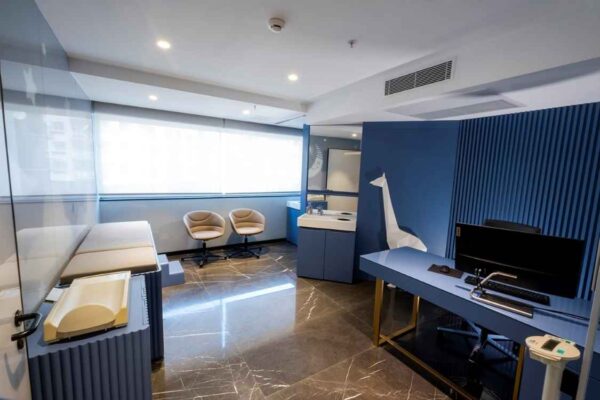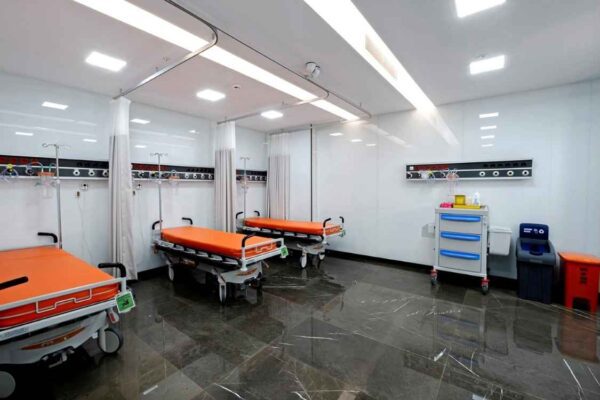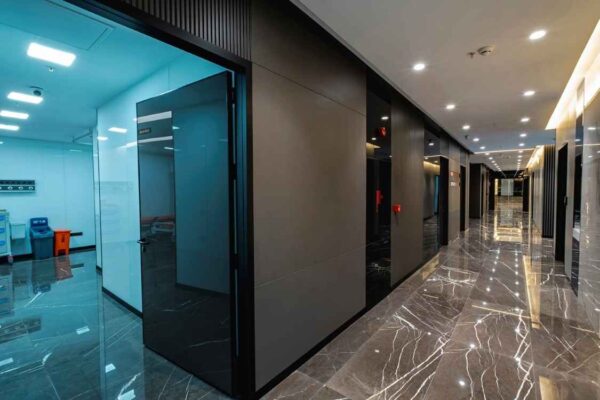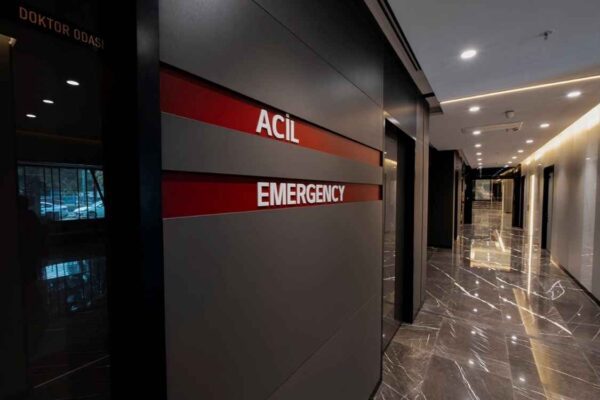Blepharoplasty, also referred to as eyelid surgery, is a flexible operation that can address a variety of aesthetic and practical eyelid problems. As people get older, their skin surrounding their eyes may lose elasticity and their underlying muscles may become weaker, which can cause their eyelids to droop or sag.
Additionally, accumulated fat deposits can result in under-eye bags and puffiness. In order to address these issues and regain a more rested and young appearance, blepharoplasty is a precise surgical procedure. Additionally, blepharoplasty can enhance vision and general quality of life in situations where sagging eyelids restrict the visual field. Blepharoplasty is a common option for people looking to rejuvenate the appearance of their eyes because surgery can improve both cosmetics and functioning.
How is Blepharoplasty Performed?
Blepharoplasty is commonly done as an outpatient procedure, and it entails the following steps in the operating room:
- Pre-operative Consultation: The road to blepharoplasty starts with a pre-operative consultation with a board-certified plastic surgeon or an ophthalmologist with expertise in oculoplastic surgery. The patient and the surgeon discuss their particular issues and objectives during this session, and the surgeon then carefully examines the eyelids and the structures around them to choose the best course of action.
- Anesthesia: Depending on the patient’s choices and the complexity of the surgery, the surgeon may choose to administer either local anesthetic with sedation or general anaesthetic prior to the procedure.
- Incision Placement: The surgeon makes subtle incisions in the natural creases of the eyelids during upper eyelid surgery, which helps hide any scars that may result from the procedure. Incisions for lower eyelid surgery are frequently done inside the lower eyelid (transconjunctival incision) or immediately below the lash line.
- Tissue Removal and Repositioning: To produce a smoother and more youthful eyelid contour, extra skin, fat, and occasionally muscle are carefully removed or repositioned through the incisions.
- Incision Closure: After making the required changes, the surgeon uses tiny sutures, adhesive strips, or surgical glue to seal the incisions.
- Recovery: Following the surgery, patients are observed in a recovery area before being permitted to go for home the same day. To promote healing and reduce potential complications, the surgeon gives thorough post-operative care recommendations.
What Should Be Considered After Blepharoplasty?
For a quick recovery and the best results after blepharoplasty, adequate post-operative care is essential. The following are important things for patients to remember:
- Rest and Recovery: During the initial phase of recovery, adequate rest is crucial. For a few days following surgery, patients should refrain from doing anything that can put pressure or stress on their eyes, including reading, watching screens, or using contact lenses.
- Pain Management: Mild soreness, bruising, and swelling are typical side effects of blepharoplasty. To treat post-operative discomfort, the surgeon may prescribe painkillers.
- Eye protection: Patients should refrain from rubbing or scratching their eyes because doing so might impede recovery and raise the possibility of infection.
- Cold Compress: Cold compresses can help reduce swelling and ease discomfort in the first few days after surgery by being applied to the eyes.
- Sun protection: To prevent damage to the sensitive eyelid skin during the healing process, it is crucial to shield the eyes from direct sunlight and wear sunglasses with UV protection.
- Follow-up Appointments: It’s important to schedule several follow-up visits with the surgeon to track the healing process, have any sutures removed as necessary, and discuss any issues that may come up during the healing process.
FAQs
Depending on the facility or surgeon, there may be several blepharoplasty surgery payment plan alternatives available in Turkey. Numerous respectable clinics provide a variety of payment choices, including cash payments, bank transfers, and credit card payments. During their initial visit, patients are recommended to ask about the accepted payment methods and any accessible financing options.
Blepharoplasty is often regarded as an elective cosmetic operation and is not frequently covered by insurance. Insurance policies typically cover procedures that are carried out simply for aesthetic reasons but not those that are medically required.
Due to a number of circumstances, cosmetic procedures like blepharoplasty and others may be less expensive in Turkey than in certain other nations. Turkey’s lower cost of living and lower operational costs for healthcare facilities help to minimize overall patient costs. The Turkish cosmetic surgery business is highly competitive, which could result in more affordable prices.
Financing solutions may be made available by some Turkish clinics or medical tourism organizations to help patients pay for blepharoplasty procedures. This could take the shape of finance arrangements, medical loans, or payment plans. Prospective patients should ask their preferred clinic about the terms and circumstances of any available funding alternatives.
In Turkey, there is typically no set upper age limit for blepharoplasty. Candidates for the operation should, however, be in generally good condition and have reasonable expectations for the results. A complete assessment by the surgeon results in a case-by-case determination of whether surgery is appropriate.
Like any surgical treatment, blepharoplasty has risks and problems. However, problems are comparatively uncommon when done by a trained and skilled surgeon. Patients who diligently adhere to pre- and post-operative instructions and choose a recognized and experienced surgeon reduce the likelihood of surgery going wrong.
Although blepharoplasty is typically risk-free, all surgical procedures have possible downsides. Complications could include bleeding, scarring, asymmetry, infection, and alterations in feeling. Before making a decision, patients must have a full discussion with their physician about the procedure’s advantages and disadvantages.
Our Team
Our Hospital
Atilla, Halide Edip Adıvar St.
No:57, 35270 Konak/İzmir














